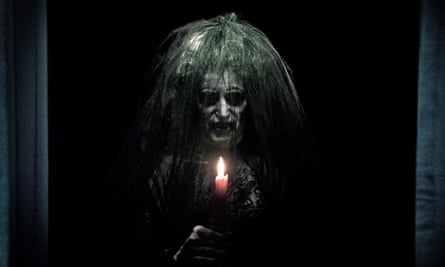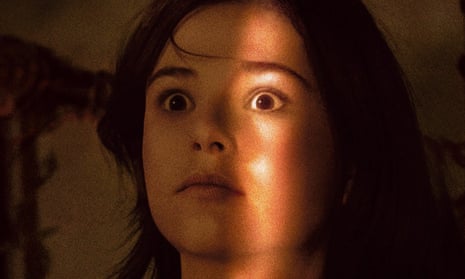The “bloodcurdling” horror film has long been an advertising staple in the movie industry, alerting fans to the most gruesome Hollywood releases. And now, thanks to a group of enterprising if tongue-in-cheek researchers, the effect has been proven as a medical reality.
A study by doctors and academics at Leiden University in the Netherlands analysed blood samples from volunteers who had just watched either a horror film or a distinctly non-frightening documentary about the French wine industry. It found that those who sat through the horror title had higher levels of the blood-clotting protein factor VIII.
The research was published in the Christmas edition of the British Medical Journal, the august and usually serious publication which, every festive season, devotes itself instead to more frivolous, if still properly robust and peer reviewed inquiries.
As well as the horror film study, the 2015 festive edition includes papers about using MRI scans to locate Christmas spirit in the brain (it seems to be in parts of the cortex associated with spirituality); which doctors drink the most coffee (orthopaedic surgeons followed by radiologists); and whether the Austin Powers films are accurate in labelling the British as having notably worse teeth than the Americans (perhaps surprisingly, no).
Banne Nemeth, who led the horror film study, said it originated from the fact that the idea of a bloodcurdling fright exists in several languages, including Dutch (bloedstollend), German (das Blut in den Adern erstarren lassen) and French (à vous glacer le sang).
Nemeth and fellow doctor Luuk Scheres specialise in venal thrombosis and decided they wanted to fact check the phrase, he said.
The study saw 24 young volunteers with no health issues watch films in a university meeting room that had been converted into a home cinema. Around half of them watched the 2010 US haunted house film Insidious followed by, at least a week later, the distinctly non-alarming documentary A Year in Champagne, with the others seeing the same films but in the opposite order, also at a gap of at least a week.
Blood samples were taken 15 minutes before and 15 minutes after each showing, with those taken after viewings of Insidious showing increased levels of factor VIII, if not of other coagulants, such as thrombin-antithrombin complexes.
Picking the correct films took some time, Nemeth explained. The researchers had initially considered a BBC nature programme for the documentary, but rejected this as “often at least one animal gets killed”.
While Insidious is not considered a classic of the horror genre – the Guardian’s two-star review called it “slipshod” and “hokey” and expressed sympathy for its stars, Patrick Wilson and Rose Byrne – it was chosen, Nemeth said, because it is consistently scary rather than building up to a climax and was unlikely to have been seen by the volunteers. The researchers made their decision after consulting an expert; someone they know who watches lots of horror films.
Despite the study’s lighthearted ambitions it was conducted with a sense of seriousness: the films were shown in a “non-threatening, welcoming atmosphere” and volunteers were not told in advance about the experiment’s aims.
The research paper adds: “To reduce the risk of confounding by superstition, no movies were shown during a full moon or on Friday the 13th.”

There were, nonetheless, some mishaps. One participant ate an entire family-sized pack of chocolates while watching the documentary, the paper said, meaning he fainted while having the post-showing blood sample taken. He did not faint after watching the horror title, the paper adds.
Some previous studies have shown an apparent association between blood coagulation and other forms of anxiety and fear, for example, in people who have bungee jumped.
However, the research, titled Bloodcurdling Movies and Measures of Coagulation: Fear Factor Crossover Trial, attempted to see if this effect could be seen even without physical exertion.
There was also a serious underlying idea: whether an association between fear and coagulation has “an important evolutionary benefit”.
“We think that from an evolutionary perspective it is actually a good thing to clot a bit faster if you experience fear,” Nemeth said. “Fearful situations often come together with trauma or injury. So from this evolutionary perspective it would be good to prepare your body for blood loss.”

Comments (…)
Sign in or create your Guardian account to join the discussion